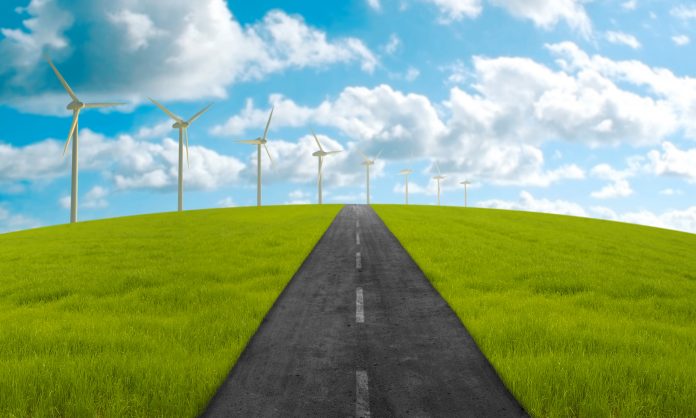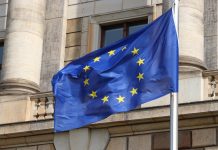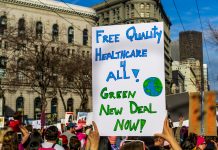Kadri Simson, European Commissioner for Energy charts her policy priorities for a clean energy transition in Europe in spite of COVID-19
Had this piece been written just a few short months ago, it would have read very differently. It would have projected growth for the energy sector in 2020, pinpointed our energy targets for 2030 and eventual climate neutrality by 2050, and detailed our planned energy initiatives in the intervening years to get us there.
Instead, we are reminded that so much can change in such a short space of time. The first half of 2020 has witnessed an unparalleled impact on our lives socially, economically and politically due to the outbreak of COVID-19. No area of life has escaped the effects of the pandemic and the ensuing lockdowns, the energy sector is no exception. According to the International Energy Agency’s, the COVID crisis has triggered the largest annual fall in global energy investment in history, a decline of roughly $400 billion.1
Now we must look beyond the initial shock of the crisis and to recovery. At the same time, we cannot allow the events of the past few months to distract us from our original goal of a clean energy transition. Although one crisis is immediately deserving of our attention, the impending climate crisis remains steadfastly just over the horizon.
Europe needs a response to the impacts of this generation-defining pandemic and to use this as a moment to affect fundamental change, setting us on the road to climate neutrality by 2050. As we repair our economic present, we must prepare our greener future.
Recovery Plan
To that end, in May the European Commission announced its Recovery Plan for Europe. The package is the largest economic stimulus ever put on the table. The Commission has proposed a new recovery instrument, called Next Generation EU worth €750 billion. It will work in tandem with a revamped long-term EU budget of €1.1 trillion. Together, they amount to €1.85 trillion.
Guided by the twin green and digital transitions, the package sends a clear message that we are staying on course: the Green Deal remains at the heart of our plans for the recovery of the energy sector in Europe. As Nobel Laureate Joseph Stiglitz and his colleagues at Oxford University have shown, green projects create more jobs and more money than their non-green counterparts do.
The announced package and work programme for energy policy in 2020 will ensure that the energy system of yesterday will be very different to the one that will emerge from the crisis, beginning with the launch of a strategy for Energy System Integration this summer. This will shape an energy system that is greater than the sum of its parts: one that strives for a deeper decarbonisation and greater cost-effectiveness for citizens. What will that system look like? It will be more circular, see more direct electrification of end-use sectors, use greater renewable and decarbonised fuels, and be further decentralised and digitalised. In parallel, we will present a strategy for building a Hydrogen economy in Europe. Although today it represents less than 2% of the energy mix, we believe that hydrogen has high potential as an energy carrier and a central role in decarbonising our system.
Renovation Wave
Kick-starting a Renovation Wave is one of the most important areas to contribute to the green recovery. Increasing the efficiency of buildings supports labour- intensive industries and as the EU construction sector is responsible for around 10% of GDP, a Renovation Wave can get Europe back working more quickly. September will see the presentation of an Action Plan for buildings renovation to identify the barriers holding it back – be they financial or regulatory. This will also help us chart a path to our goal to at least double the current renovation rates in Europe.
“Europe needs a response to the impacts of this generation-defining pandemic and to use this as a moment to affect fundamental change, setting us on the road to climate neutrality by 2050. As we repair our economic present, we must prepare our greener future.”
Renewable energy, especially wind and solar, will also be an essential focal point for investment in the years to come. It is estimated that by 2050 we must increase the capacity of offshore wind farms twenty-fold. Together these activities will boost growth, and the increased investment and innovation will bring even greater momentum to our green recovery and the clean energy transition.
In what seems like the blink of an eye, so much has changed. We may no longer live in a world resembling that of five months ago, but now is the time to consider the positive side of change for the future. Imagine what transformation we could affect between now and 2050? If we stay the course, this is certainly time enough to see a climate-neutral Europe by then.
1 IEA Report on World Energy Investment for 2020.
Contributor Details
Editor's Recommended Articles
-
Must Read >> Europe’s Green Deal makes progress despite COVID-19














